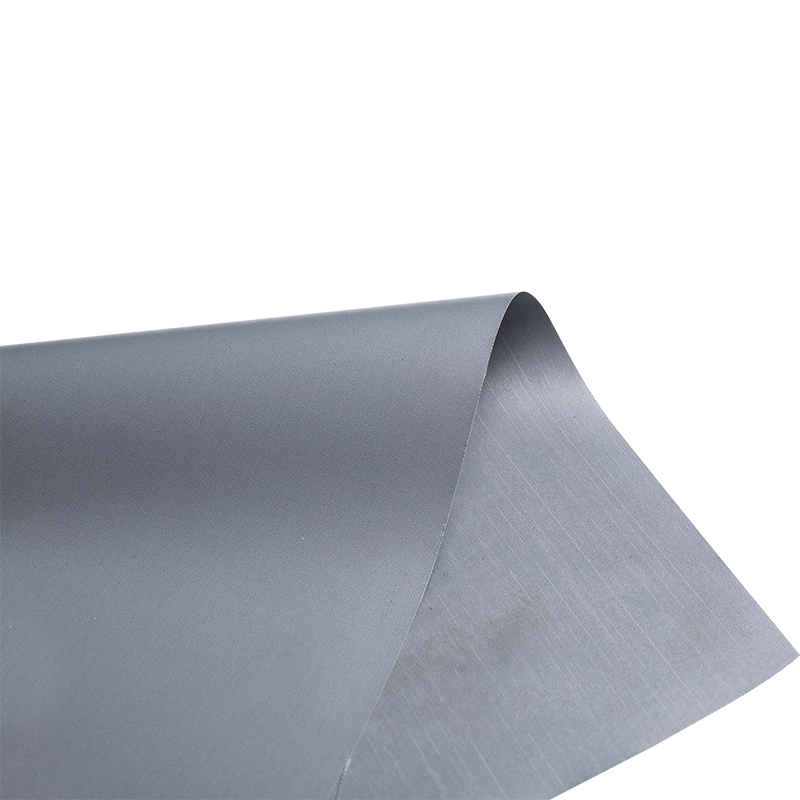Silicone coated fiberglass fabric is a versatile and high-performance material that offers numerous advantages in the aerospace and automotive industries. Here are five key benefits:
1. High Temperature Resistance
In Aerospace: The extreme temperatures encountered during flight, especially near jet engines or in the vicinity of high - energy braking systems, can be withstood by silicone coated fiberglass fabric. For example, in the insulation of aircraft engine compartments, it can endure temperatures that exceed 200°C. This helps to protect sensitive components from heat damage and ensures the safe and reliable operation of the aircraft's systems.
In Automotive: In automotive applications such as exhaust systems, it can be used to insulate the hot exhaust gases. It prevents the heat from the exhaust pipes from damaging the surrounding components like wiring, fuel lines, and the vehicle's body. This is crucial for maintaining the structural integrity and safety of the vehicle, especially in high - performance cars where the exhaust temperatures can be very high.
Fireproof Silicone Conveyor Belt Fiberglass Fabric
2. Chemical Resistance
In Aerospace: The aerospace environment is filled with a variety of chemicals, including fuels, lubricants, hydraulic fluids, and cleaning agents. Silicone coated fiberglass fabric can resist the degradation caused by these chemicals. For instance, in the fuel tank areas of aircraft, it can be used to provide a protective barrier that prevents the fiberglass from being corroded by the fuel, which often contains additives that can be chemically aggressive.
In Automotive: In the automotive industry, it is exposed to engine oils, brake fluids, and road salts. The fabric's chemical resistance ensures that it doesn't break down when in contact with these substances. This is particularly important for under - hood applications where the material is used to protect the engine components and the wiring from chemical damage, thereby extending the life of the vehicle's mechanical and electrical systems.
3. Electrical Insulation
In Aerospace: Aircraft have complex electrical systems with numerous wires and circuits. Silicone coated fiberglass fabric can be used as an insulating material to prevent electrical short - circuits and arcing. For example, it can be wrapped around high - voltage cables in the aircraft's electrical distribution system. This helps to maintain the integrity of the electrical signals and ensures the reliable operation of critical systems such as avionics and flight controls.
In Automotive: In modern vehicles with advanced electronic systems, including hybrid and electric vehicles, this fabric can be used to insulate the high - voltage batteries and the associated electrical components. It prevents electrical leakage and protects the occupants of the vehicle from the risk of electric shock. It also helps to ensure that the electrical energy is efficiently transferred within the vehicle's system.
4. Mechanical Strength and Durability
In Aerospace: The fabric has a high tensile strength and can withstand the mechanical stresses encountered during flight. For example, in the construction of aircraft interior panels, it can be used as a reinforcing material. It can resist the vibrations and impacts that occur during turbulence or landing. This durability helps to reduce the need for frequent maintenance and replacement of components, which is crucial for the cost - effectiveness and reliability of aircraft operations.
In Automotive: In automotive applications such as in the manufacturing of body panels or under - body components, it can provide strength and resistance to wear and tear. It can withstand the constant vibrations and impacts from the road, as well as the mechanical stresses during vehicle operation. This helps to maintain the structural integrity of the vehicle and reduces the risk of component failure over time.
5. Lightweight and Space - Efficient
In Aerospace: Weight is a critical factor in aircraft design. Silicone coated fiberglass fabric is relatively lightweight compared to some other materials with similar properties. For example, it can be used as a substitute for heavier metal components in certain applications. By reducing the weight of the aircraft, it can improve fuel efficiency and increase the aircraft's range. At the same time, it can be designed to fit into tight spaces in the aircraft's structure, such as in the wing - to - fuselage joints or in the intricate areas of the engine nacelles.
In Automotive: In the automotive industry, the use of lightweight materials is becoming increasingly important for improving fuel economy and reducing emissions. Silicone coated fiberglass fabric can be used to create lightweight components without compromising on strength and performance. For example, it can be used in the construction of lightweight body parts or in the insulation of the vehicle's interior. Its ability to be shaped and molded to fit into different spaces also makes it a space - efficient material for automotive applications.

 English
English عربى
عربى 中文简体
中文简体 Languages
Languages




